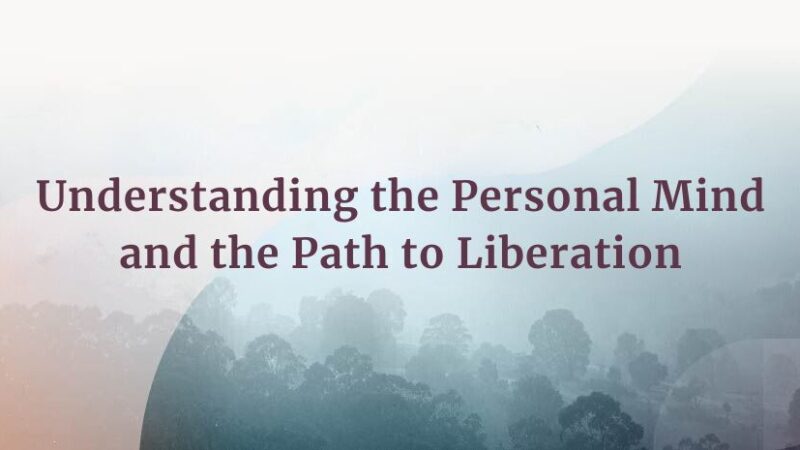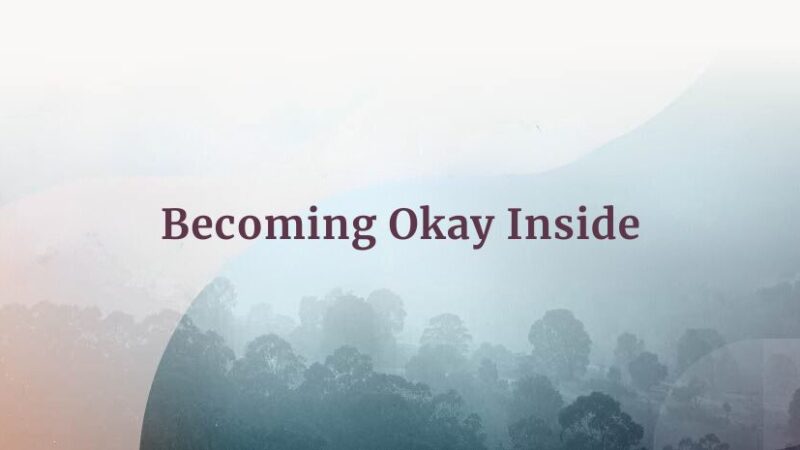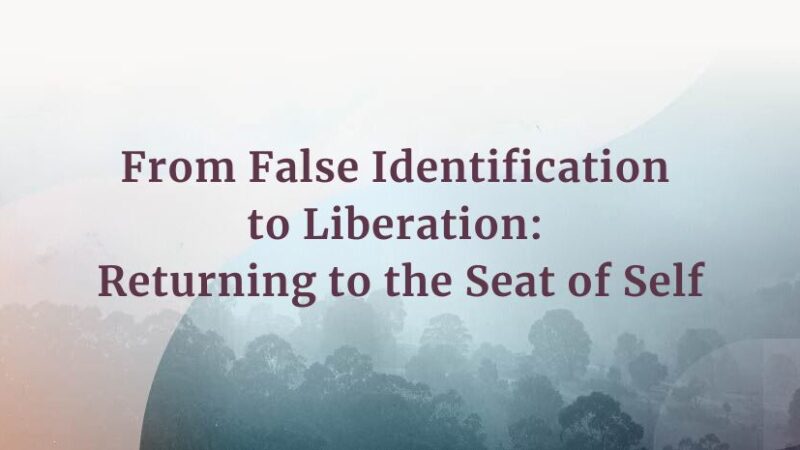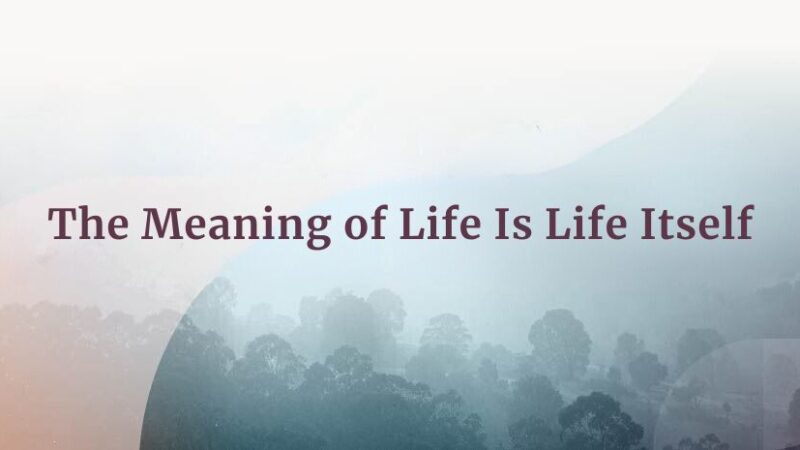E108: Understanding the Personal Mind and the Path to ...
The personal mind is a self-created mental construct formed by holding on to past experiences we have tagged with like and dislike. Whatever we experience passes through this layer of mind, which has the effect of distorting our perception and causing suffering. Liberation requires recognizing that you are the awareness noticing these thoughts, not the thoughts themselves. You can then learn to stop storing new personalized impressions while allowing old ones to pass. In this freedom, you can live in harmony with reality, guided by clarity and peace rather than personal preferences.
© Sounds True Inc. Episodes: © 2025 Michael A. Singer. All Rights Reserved.





